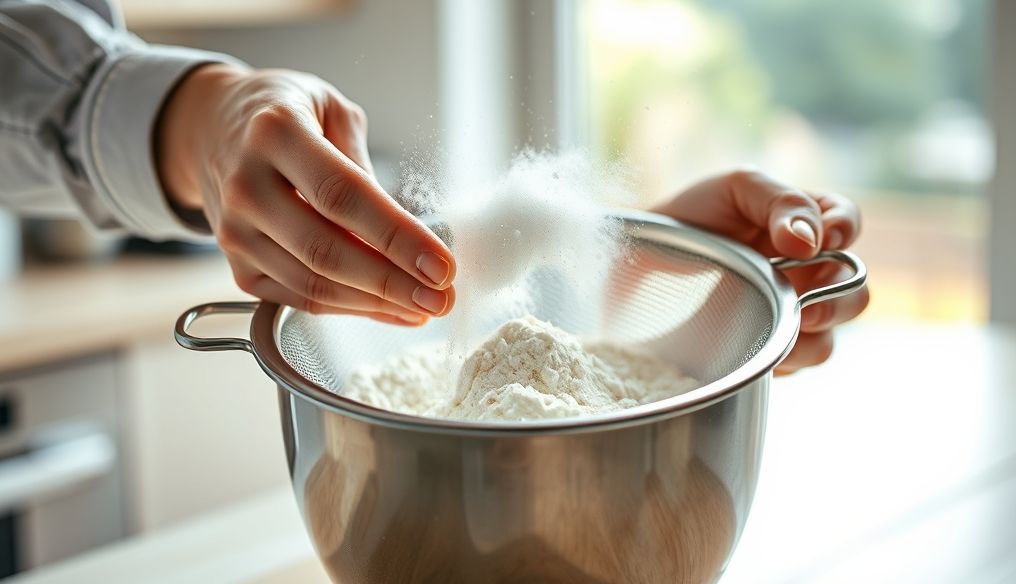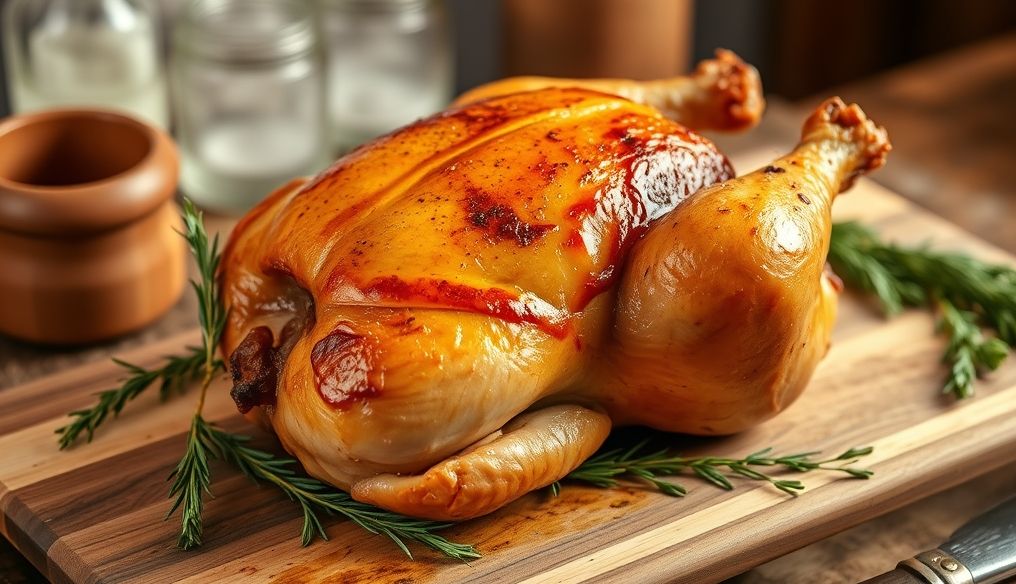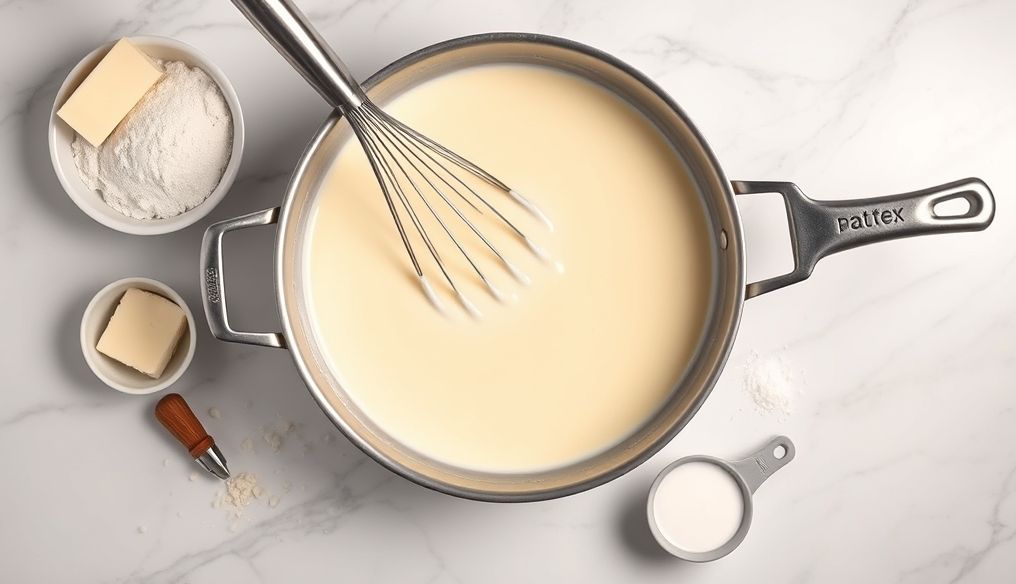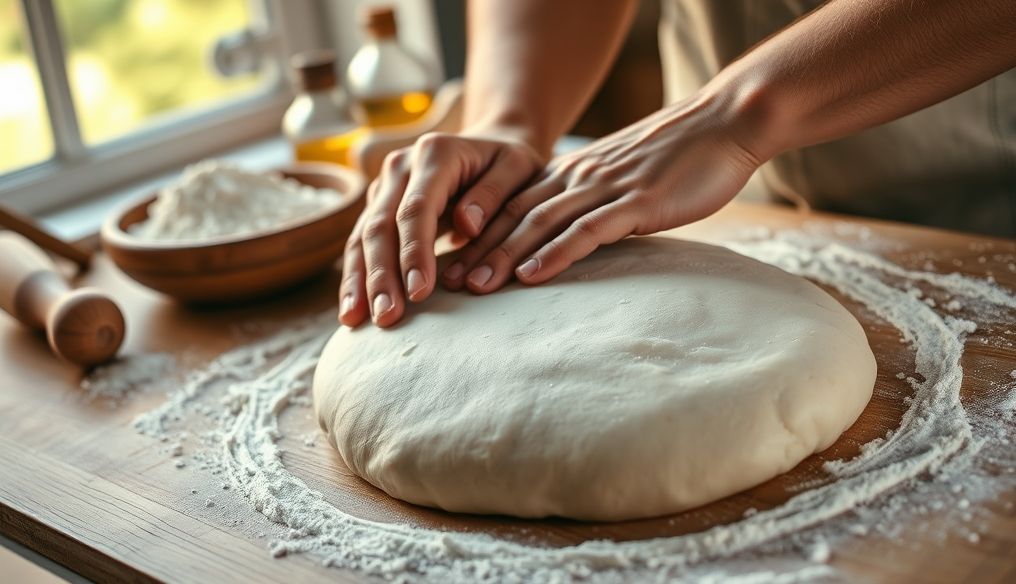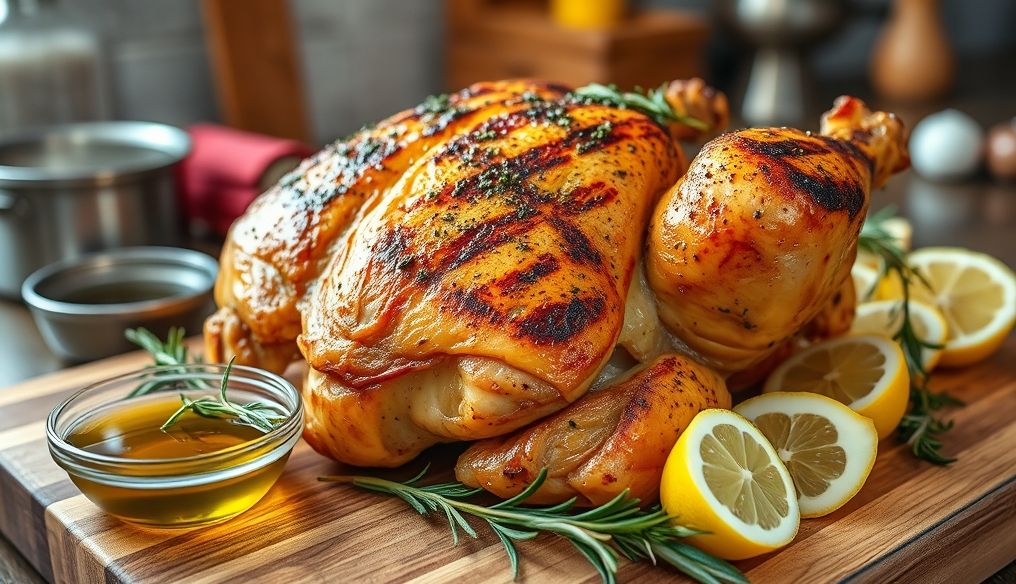Is Sifting Flour Necessary for Better Health and Perfect Baking?
Sifting flour is a simple process involving passing flour through a sieve or sifter to remove impurities and clumps, and to loosen it up, making it lighter and airier. This practice was very common in the past, but with the advancement of flour production techniques, is it still necessary?
Chapter 1: The History of Flour Sifting and Its Traditional Importance
The history of flour sifting dates back to ancient times, when flour was ground manually, resulting in impurities and coarse bran. Sifting was necessary to remove these impurities and improve the quality of flour used in baking and cooking.
- In Ancient Times: Sifting ensured a purer and smoother flour.
- In the Middle Ages: Sifting was an essential part of home and commercial baking.
- With the Industrial Revolution: Milling techniques evolved, but sifting remained a common practice to ensure flour quality.
Chapter 2: Health Benefits of Sifting Flour
Although modern flour is often pre-sifted, there are some potential health benefits to sifting flour at home:
- Removing Impurities: Sifting may help remove any impurities or small insects that may be present in the flour.
- Lightening the Flour: Sifting makes the flour lighter and airier, contributing to lighter and fluffier baked goods.
- Better Distribution of Ingredients: Sifting helps distribute other dry ingredients such as baking powder and salt evenly throughout the flour.
Chapter 3: The Impact of Sifting Flour on Baking Quality
Sifting flour plays an important role in the quality of bread and other baked goods. Here are some positive effects:
- Lighter and Fluffier Baked Goods: Sifted flour absorbs liquids better, resulting in lighter and fluffier baked goods.
- Better Dough Rise: Sifted flour helps aerate the dough, contributing to a better rise.
- Smoother Texture: Sifting gives baked goods a smoother texture, free from lumps.
Chapter 4: Different Types of Flour and the Effect of Sifting on Them
The effect of sifting varies on different types of flour. For example:
| Flour Type | Effect of Sifting |
|---|---|
| White Flour | Makes it lighter and smoother, and improves the rise of baked goods. |
| Whole Wheat Flour | Helps remove some of the coarse bran, improving the texture of baked goods without losing health benefits. |
| Almond Flour | Helps break up clumps and distribute it evenly. |
Chapter 5: How to Sift Flour Correctly
To sift flour correctly, follow these steps:
- Use a Suitable Sifter: Choose a sifter with small holes that allow the flour to pass through easily.
- Place the Flour in the Sifter: Place an appropriate amount of flour in the sifter.
- Gently Shake the Sifter: Shake the sifter over a bowl or large plate, making sure all the flour passes through.
- Dispose of Impurities: Dispose of any impurities or lumps that remain in the sifter.
Chapter 6: Alternatives to Sifting Flour in the Modern Era
If you don't want to sift flour, there are some alternatives you can use:
- Using Pre-Sifted Flour: Most modern commercial flours are pre-sifted.
- Good Whisking of Flour: Good whisking of flour using a wire whisk can help break up clumps and aerate the flour.
- Gradually Adding Dry Ingredients: Gradually adding other dry ingredients such as baking powder and salt to the flour can help distribute them evenly.
Chapter 7: Expert Opinions on Sifting Flour
Expert opinions vary on the necessity of sifting flour in the modern era. Some believe that sifting is still necessary to achieve the best results, while others believe it is unnecessary with the advancement of flour production techniques.
"Sifting helps aerate the flour and distribute it evenly, resulting in lighter and fluffier baked goods." - Famous Chef
Chapter 8: Conclusion: Is Sifting Necessary?
Ultimately, the decision to sift flour depends on your personal preferences and the type of recipe you are preparing. If you want to get the best results in baking, sifting may be helpful. But if you are using pre-sifted flour or looking for a faster method, you can skip sifting.
Additional Tip: If you are using whole wheat flour, sifting may be helpful to remove some of the coarse bran, improving the texture of baked goods.
